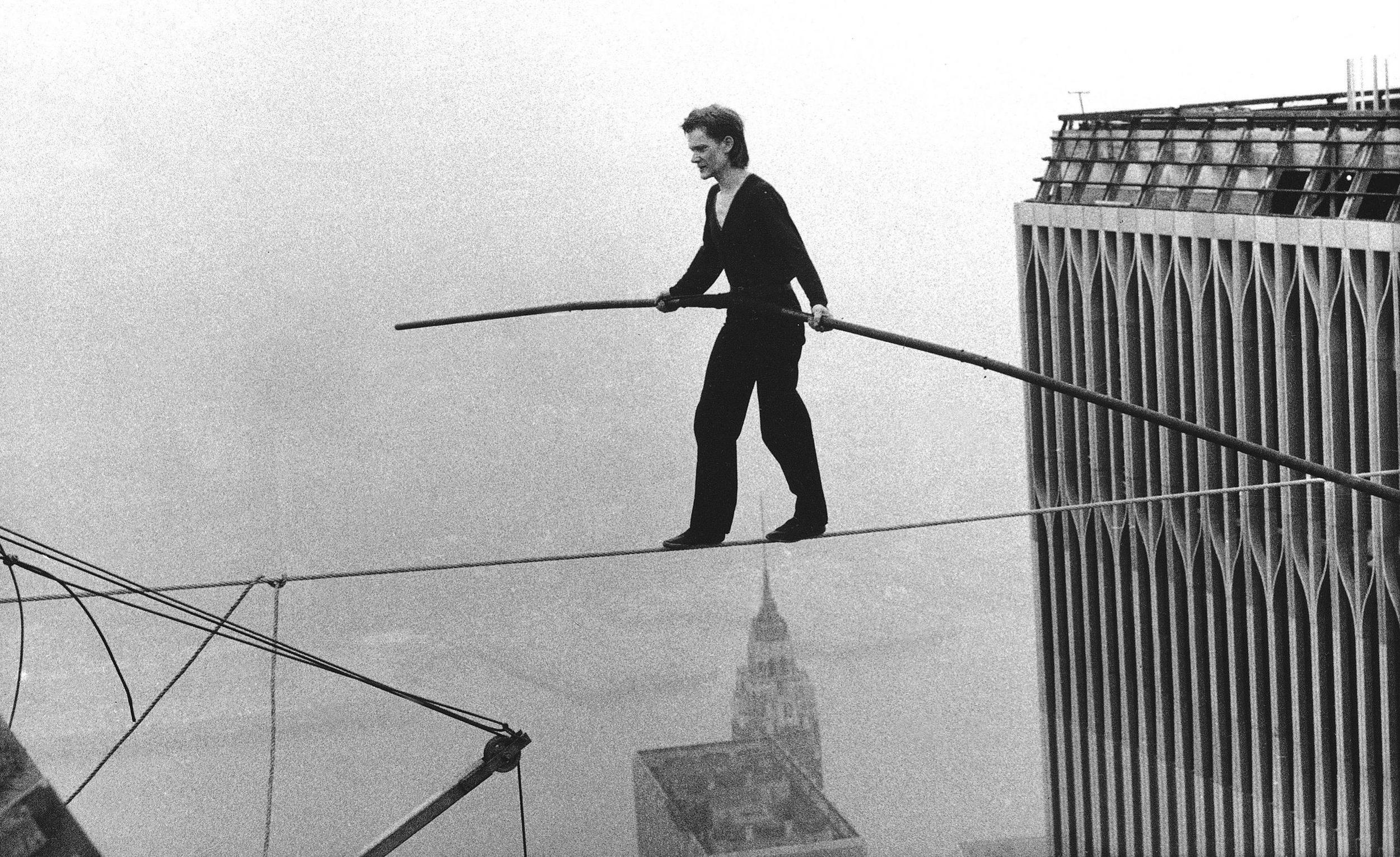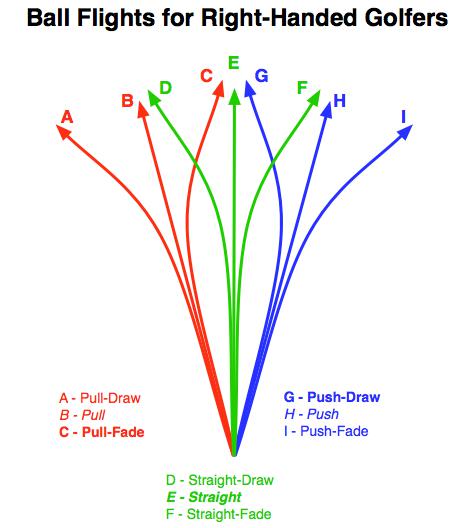
Think Balance Point

Taken in part from Roy Nix at AGCPgolf.com
When we swing a golf club, we can have an outside-in clubhead path, an inside-out clubhead path, or a clubhead path along the target line. Relative to the swing path, we can have an open, closed, or square face angle. The combination of swing path and face angle results in nine different ball flights.

When we have an outside-in clubhead path, we can often add additional weight to the club and change it to the inside. This weight change may close the clubhead as well. The results are contrary to what happens if we have an inside out swing and open the clubface. The golfer does not consciously feel the weight change even while it changes his swing path and face angle at impact. Just picking up a club and waggling it will not tell you if the club has the right weight and balance for your swing.The importance of weight in fittingWeight is probably one of the most critical elements in golf club fitting. Along with length, your golf club’s weight and how the weight distribution (balance) is critical to having the best posture and making the best swing possible for your athletic ability. If you’ve ever played baseball, think of a baseball bat and how different it feels when you grab the handle and swing it and when you grab the barrel and swing it. Changing where the weight is located changes the MOI of the club and changes your ability to swing it with control and how fast you can swing it. I believe we can explain this effect using Biomechanics.Biomechanics & Fitting Golf ClubsBiomechanics is the application of mechanical principles on living organisms. This application includes research and analysis of living organisms, mechanics, and engineering principles. Researchers conduct this research and analysis on multiple levels, from the molecular up to the tissue and organ level.”Acrobats position their center of gravity (mass) directly over their base of support. When they are on the ground with their feet side by side, the support base is broad in the lateral direction but narrow in the sagittal (back-to-front) direction. While on the wire, high wire-walkers walk with their feet in line with each other, one foot in front of the other. Therefore, a tight wire walker’s lateral support is drastically reduced, and their sway is side to side. In both cases, whether side by side or parallel, the ankle is the pivot point.A wire-walker may use a pole for balance or stretch out their arms perpendicular to their trunk in a pole’s manner. This technique provides several advantages. It distributes mass away from the pivot point and moves the center of mass out. This action increases the moment of inertia because her center of mass is now swinging through a longer arc. It takes longer to sweep out the same angle because the center of mass has a longer distance to go. The result is less tipping. Also, the performer can correct sway by rotating the pole sideways. This rotation creates an equal and opposite torque on their body. Sometimes the pole is weighted and has a dip at the ends. This weight provides additional stability by lowering the center of mass.The Importance of Biomechanics in your golf game…Just as the acrobat or tight rope walker uses weight, the club fitter manipulates the weight’s placement to modify the center of gravity and moment of inertia. Thus, the clubfitter helps the golfer adjust the golf club elements and achieve a better balance in their golf swing. The improved swing helps to achieve optimum club performance.How about a little experiment to give you an illustration. Try grabbing a piece of re-bar and taking a backswing with it (if you have a hefty club, you can use it). Whoa! Does it drag over your back foot, creating an inside-out swing? Of course, it does; it is a lot heavier than most golf clubs. Okay, now grab a wooden dowel about golf shaft size and take a backswing with it. Did you pick it up with your right hand on an outside-in path? I’ll bet you did because it is so light.In a nutshell, my clubfitting method involves measuring your swing path and face angle in addition to the launch angle, swing speed, and ball speed. I even use slow-motion video and blast motion technology to see the visible differences in your swing. Once we have the data, we find the correct length, weight, balance point, flex, and design to complement your natural ability to swing a golf club. Once we balance the club to your swing, you will find more consistency, accuracy, distance, and control.Total Weight and Swing PathMy first goal is to find the proper total weight for your golf club to get your swing path in line with the target as possible. I accomplish this primarily with shaft weight because the grip weight and the head weight fall within a very narrow range in the golf club. At the same time, the shaft weight can vary by more than 50 grams. The lightest shaft is almost 1/3 the weight of the most massive. That can make a significant change in your swing path.Head Weight and Face AngleOnce we find a total weight that gets your swing path as balanced as your swing will allow, we begin working on head weight to align your clubface angle to the swing path. Changing the head weight on your clubs changes the swing-weight or MOI and will determine how much your shots curve in flight. If you align the swing path and face angle, you will hit a straight shot. The perfect alignment will not result in a hook or slice; it will go straight. If your face is open at impact, you will get a fade or a slice, and the loft will be artificially high, producing a high shot. If your face is closed at impact, you are delofting the club, and you will get a draw or hook on your shot with a low trajectory. In both cases, you will lose yardage.Additionally, we use the data collected to check for length, loft, lie angle, and other vital parameters. The final result is you will hit longer and straighter shots with my fitted clubs. You will hit more fairways; you will hit more greens with your shots closer to the hole. More fairways hit will result in more greens hit and closer to the hole, resulting in fewer putts and a reduced score.We will also look at the clubs that make up your bag. We are each allowed 14 clubs, and we should have the optimum clubs to fill the gap between the shortest wedge and the longest club we carry in our bag.The same physics applies to your putter. We will also evaluate your putter and make adjustments or produce a new putter that helps you reduce the number of putts per round for your game.